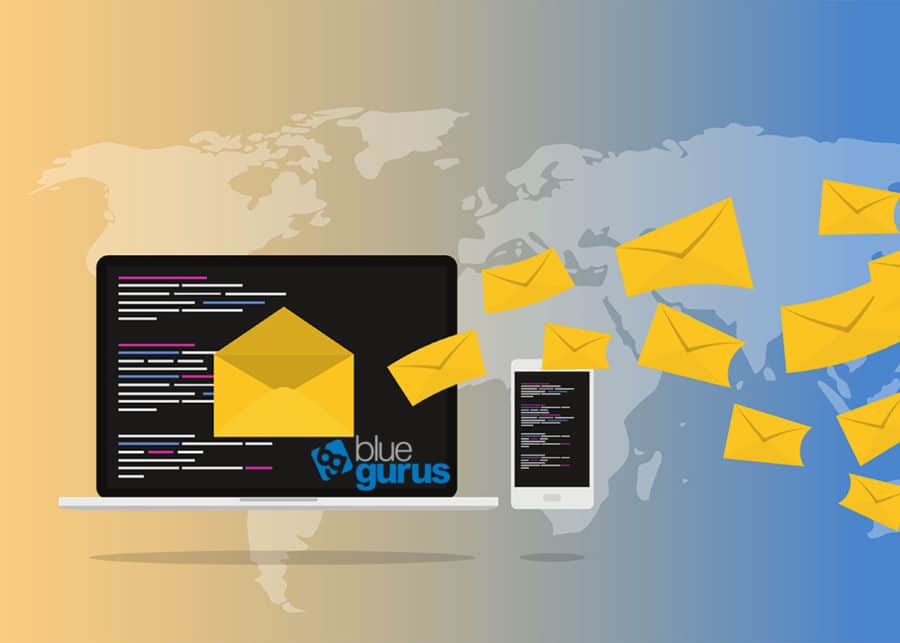February 20, 2020 / in How To / by Jason Terry

The topic of email lists has come up often over the past three months, so I wanted to address it a bit. There have been lots of questions about how to maintain email lists and use them properly. It all comes down to having a process, and I’m going to try to walk you through a simple way to organize and use your email lists.
My hope is that this story either validates your current process for emailing contacts, or gives you some ideas on how to improve what you’re doing.
One of the basic things to make sure you’re getting right with your email lists is to have one master list. Why? Because many email platforms (like Mailchimp) will charge you by the number of contacts in each list… regardless of duplicates. In other words, if my email address is in one list called EMPLOYEES and another list called DONORS, that would count as two records and both would be billable.
Ongoing management of your email contacts will be easier when you use a single list that can be broken down by groups, segments, tags and custom fields.
First, create a list in your email platform called ALL CONTACTS or MASTER LIST (creative, I know.) Next, go to various data sources like your customer database, attendee excel spreadsheets for past events, your staff directory, etc. to gather lists of email addresses. As you import each distinct list or email addresses into your ALL CONTACTS list, you “tag” each contact with the type of contact they are. So when you are importing your employee list of email addresses, you would tag all of them with EMPLOYEE.
Deciding what groups, tags and custom fields to use for organization is a really important part of this entire process. You want to adopt a structure that is easy to understand and maintain. For some companies, all they need are tags for specific contact types. Other companies also use custom fields and automation for robust communication strategies. But it all starts by picking the right groupings you will need to keep your contacts organized.
Once you’re done with this process, you will have a master list of all your contacts that you can then group and sort by the identifiers you created.
You will continue to get new customers and hire new employees. So you will need to do data exports on a regular basis and import them into your ALL CONTACTS list with the appropriate tags. This will allow you to keep your ALL CONTACTS list current in the months and years to come.
A common question I get is, “will the email system take care of duplicates when I import them?” The answer is… yes.
Now that you’ve created and are maintaining a master list of contacts in your email system, you can send emails to specific groups of contacts using the tags you assigned when you imported them.
If you wanted to send your employees an email about building closures due to weather, you would start by creating an email campaign and selecting the ALL CONTACTS list. You would then specify a subset of that list by using the EMPLOYEE tag you assigned to all the employees when you imported them.
There are lots of reasons:
There are some amazing things you can do with your email lists, custom fields, automation and more. But this blog is long enough so I will stop there for now. I appreciate you for getting this far!
The most important takeaway is to make sure you have a handle on your email list management. I hope you’re using your email system to full advantage by leveraging Groups, Segments and Tags. Please let me know if you thought this blog was helpful!